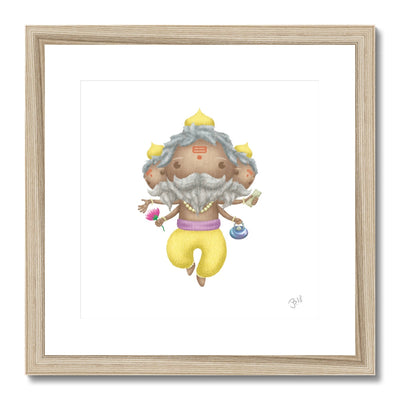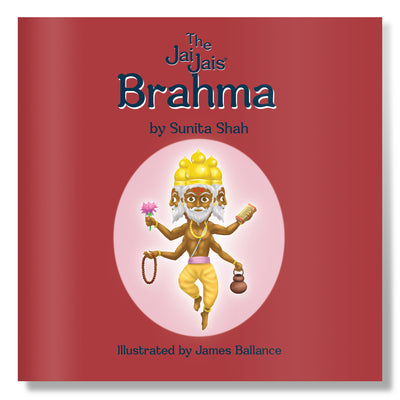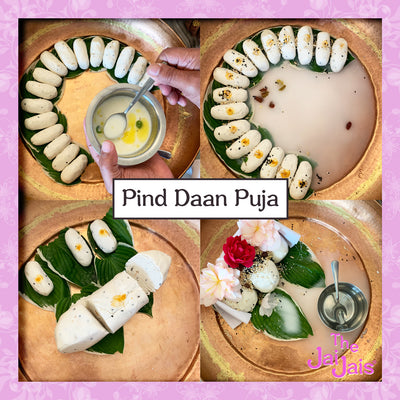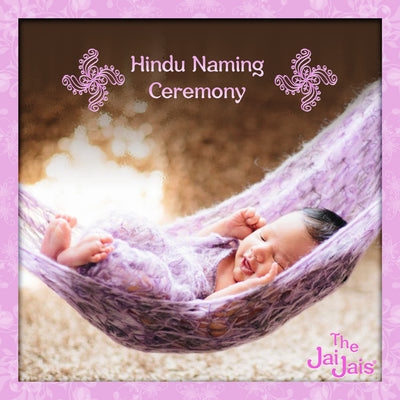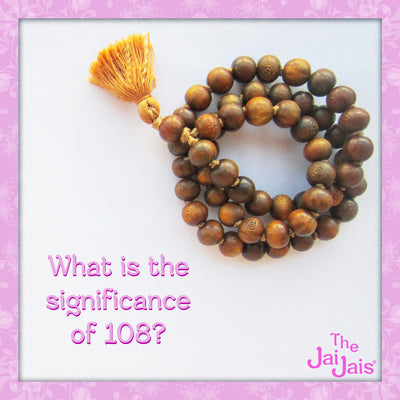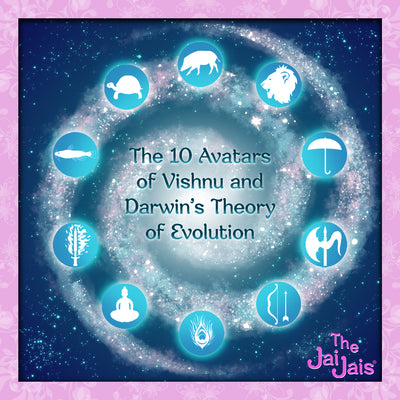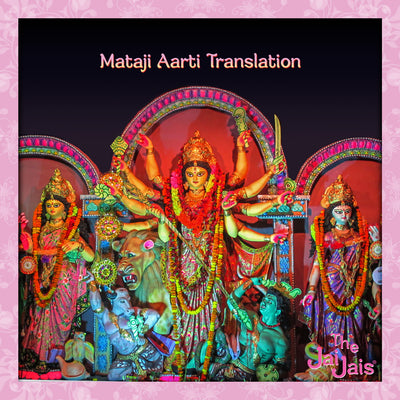The Sanskrit word for death, “dehanta,” means “the end of body” but not the end of life. One of the central points of Hindu philosophy is the distinction between a body and a soul. Hindus believe that the body is a temporary vessel for an immortal soul in the mortal realm. When we die, our physical body perishes but our soul lives on.
The soul continues its journey of birth, death and rebirth, until a final liberation. This is at the heart of the philosophy of detachment and learning to let go of desires.
Hindus believe that the soul of the deceased stays attached to its body even after its demise, and by cremating the body, it can be set free. To fully liberate the soul of its mortal attachments, the ashes of the deceased are then dispersed in a river or ocean, usually at a historically holy place, like the banks of the River Ganges.
As the Hindu text, the “Bhagavad Gita” – The Song of God – says of the soul,
It is not born, it does not die;
Having been, it will never not be.
Unborn, eternal, constant and primordial;
It is not killed, when the body is killed.
Immediately after death, the soul a vaporous thumb-sized structure known as linga ṡarīra. This is immediately seized by two servants of Yama, the god of death, who carry it to their master for a preliminary identity check. Afterward, the soul is promptly returned to the abode of the deceased, where it hovers around the doorstep. It is important that the cremation be completed by the time of the soul’s return, to prevent it from re-entering the body.
The Pind Daan Pooja is carried out, see our earlier blog. Also our blog on Who is Yamaraja:?
With the completion of these rituals, the soul of the deceased leaves this world for its yearlong and perilous journey to Yama’s kingdom.
The soul meanwhile proceeding on its journey, holding onto a cow’s tail to cross the Vaitarani, a horrible river of blood and filth that marks the boundary of Yama’s kingdom. Throughout, it is sustained by further śrāddhas, during which friends on earth seek to provide it with shoes, umbrellas, clothing, and money. These they give to a Brahman, in the hope that the deceased will benefit. During such rituals relatives have to avoid all sewing, which might occlude the pitṛi’s throat, rendering it incapable of ever breathing or drinking again. After a year, the pitṛi in its yatana ṡarīra reaches Yama’s seat of judgment, where it is sentenced to a strictly limited term in heaven (svarga) or hell (naraka) according to its deserts. This completed, it moves into another body (the karaṇa ṡarīra), whose form depends on the individual’s karman. It could be a plant, a an insect, an animal, or a human being.
Om Shanti Om Shanti Om Shanti




